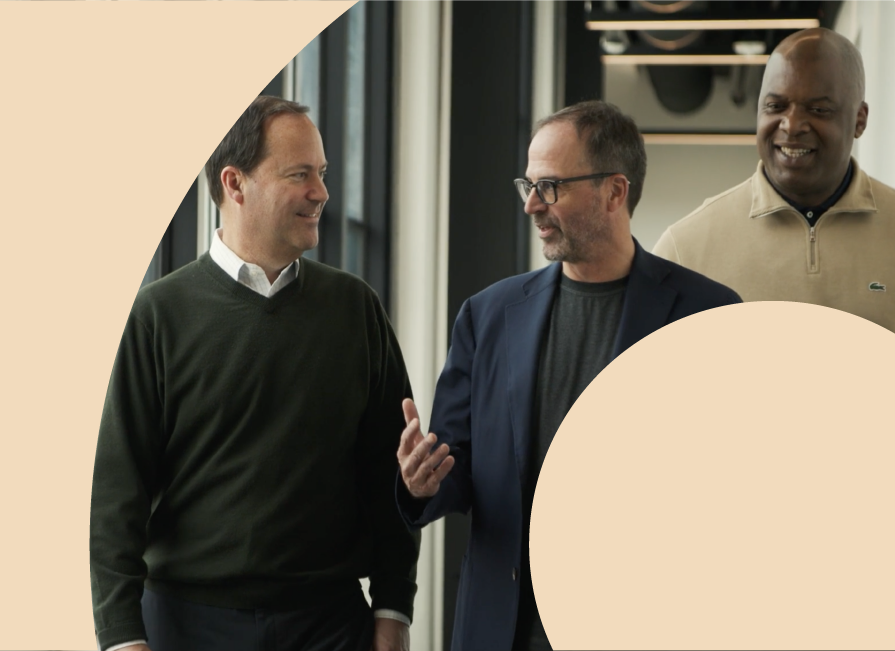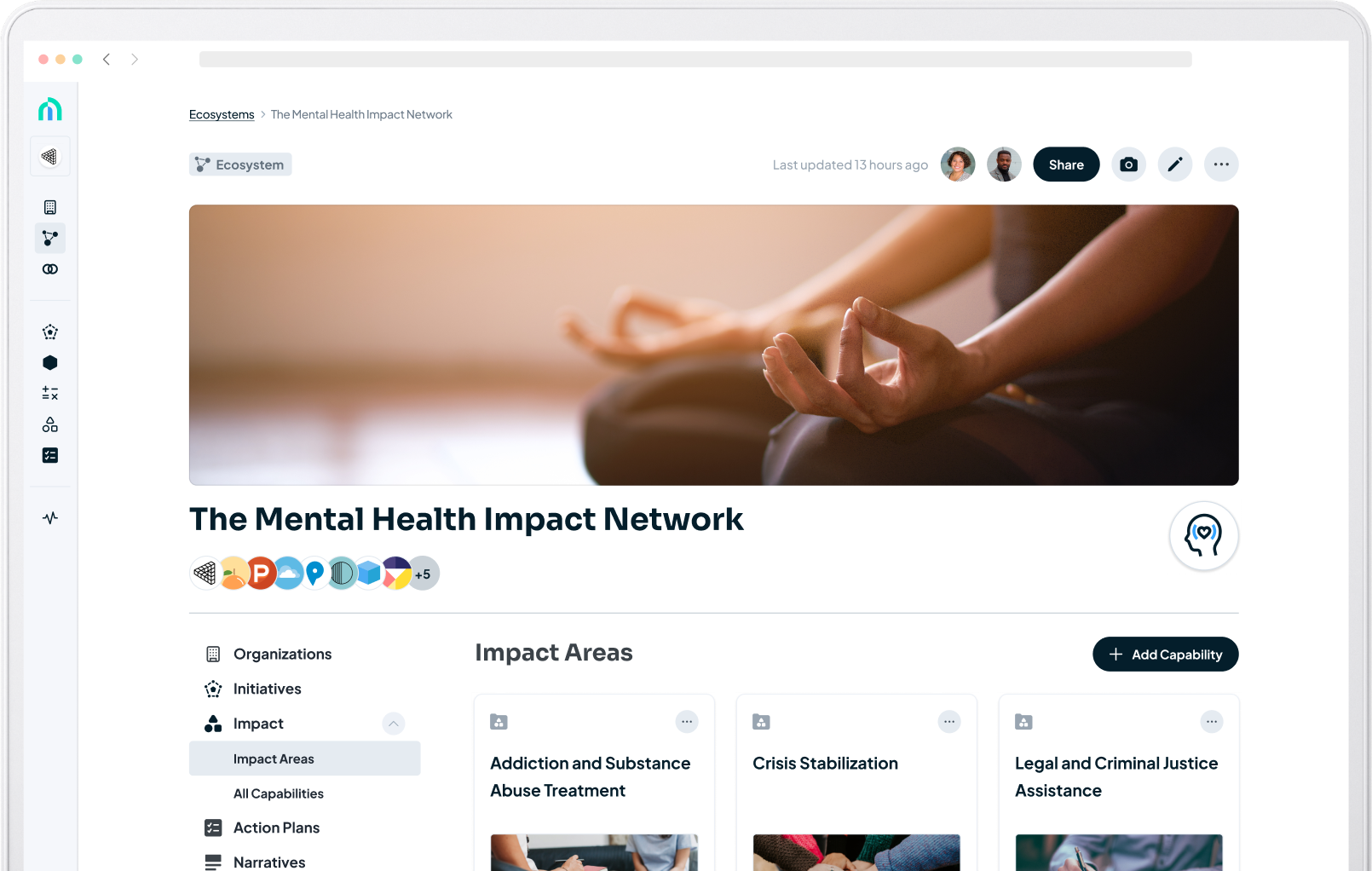One of the popular adages says that “people buy experiences, not products.” Today, everything is at our fingertips. With a few swipes you can visually experience your holiday rental home. Within a few seconds, you can not only schedule a ride but also select your vehicle of choice. Without being an expert in investing, you can confidently plan your investment portfolio using your smartphone. Of course these are just a few examples. There are many more. The bottom line is – the consumer space has significantly elevated the quality of product experiences.
For the same outcome, product experience has become a key differentiator in virtually every market. These are manifestations of true obsession with experience led product innovation, design and development. In the last two decades, Apple brought a fresh perspective to design and experience led product development. A lot of companies and products have since followed suit. We are at a point where consumers settle for nothing less than immaculate, experience-led products. Interestingly, this expectation is fluid across products and categories. In other words, consumers don’t care if they are checking into a hotel, scheduling a ride, or surfing through movies to watch. The expectation is exactly the same.
But, wait.
Does this pattern for immaculate digital product experiences hold true only in B2C? Does B2B somehow get a pass? The answer, of course, is no, but a quick review of the digital applications and software in the B2B space would suggest otherwise: clunky UIs, extremely complex workflows, and an implicit expectation of a set of accompanying training modules or services that are specifically designed to teach the users how to use the product.
Why is there such a glaring and obvious gap in the experience provided by B2C and B2B products? This question becomes even more jarring when you consider the fact that the same users accessing clunky B2B applications at work, use beautifully designed smartphones and applications at home.
In user experience, expectations have no boundaries.
The same people who are power users of the best consumer-oriented apps in the B2C space are willing to burden themselves with a below-par product experience when they are at work. I call this phenomenon, Expectation Distortion. And, this phenomenon is not sustainable.
Digital experiences in the B2B space largely feel dated. This is true not only from the perspective of user interface design, holistic product experiences, and services, but also from the perspective of underlying user expectations. To be fair, there are certain factors in the B2B space that are quite unique when compared with the B2C space, and ones that could be impacting the POV on product experiences. For example, in the B2B space, typically the economic buyer of an application, product or service is not necessarily the end user. A negative outcome of this reality is that sellers typically tend to optimize for price instead of experience. In addition, there is an implicit belief that B2B products are generally more complex. Outside of heavy policy and regulations driven B2B spaces, why should such a belief hold any weight? These are the stories we tell ourselves, but I’d contend they’re largely fiction. Is the technology behind fueling the best ride-share experiences or reserving a home at your favorite international holiday spot any less complex?
The existence of expectation distortion is real, and it is not sustainable. However, except for a few leading companies in the space, it is surprising to see that even in 2021 there is a glaring lack of expectation, urgency and responsibility in the B2B world to make UIs less clunky, make workflows more seamless, reduce cognitive complexity with user-centered product design, minimize (or even remove) training modules and services to teach users how to use a product, and eventually to elevate the end-to-end experience of products. As product leaders in the B2B space, how should we proactively continue to push the boundaries within our segment to cater to the fluidity in users’ expectations, and consequently minimize the distortion that exists between B2B and B2C?
As a start, here are some experience principles we try to operate under at Metaimpact. They are general principles, and are intentionally crafted to be at a level of abstraction higher than the UI guidelines, heuristics and frameworks that are available in the user-centered-design domain. These principles help us stay true to the objective from a systems and outcomes perspective.
Experience Principles
Principle 1: The experience should always orient and guide the user.
Moving around the system should feel natural and fluid. A person should know where they are and have a clear path forward and backward.
Principle 2: The experience should not overburden the user.
There should be minimal need to over-explain a task or functionality. New concepts can be learned after light repetition and the value to the user should be derived almost immediately.
Principle 3: The experience should be inclusive for different users.
A holistic solution must balance consistency and standards with more specific needs and goals. It is important to predict varying combinations of scenarios and factors that will ultimately affect a single individual’s experience.
Principle 4: The experience should respect the user’s time and energy.
Don’t assume we have the user’s full attention. No matter how functional or sensorially compelling an experience might be, at the end of the day, the user is trying to achieve outcomes as a part of their job.
Principle 5: The experience should create a positive emotional impact on the user.
While not all tasks are created equally, we should strive to create an environment that people look forward to, not one they’re simply obligated to perform. When we focus on evoking a positive and visceral reaction, the overall experience becomes something users might even look forward to.
What’s Ahead?
As a player in the B2B space, at Metaimpact we have been focused on measuring and improving outcome achievement, and in creating product experiences that drive users to lean in to the product. The market category that Metaimpact is going after is nothing less than complex. It involves multiple organizations coming together to create collective impact. However, we are not taking that as an excuse to build just another B2B digital product. Although we can’t (and probably will never) call this work done, we strongly believe that users should never care or be expected to be empathetic to the complexity of the technology that brings the experiences to them. They should just expect and demand the best experience, and it is on the product to bring it to life.
We believe our users’ expectations have no boundaries. Therefore, neither do ours.
















